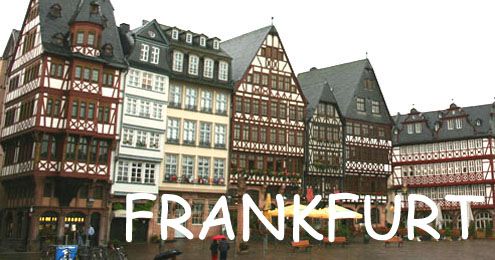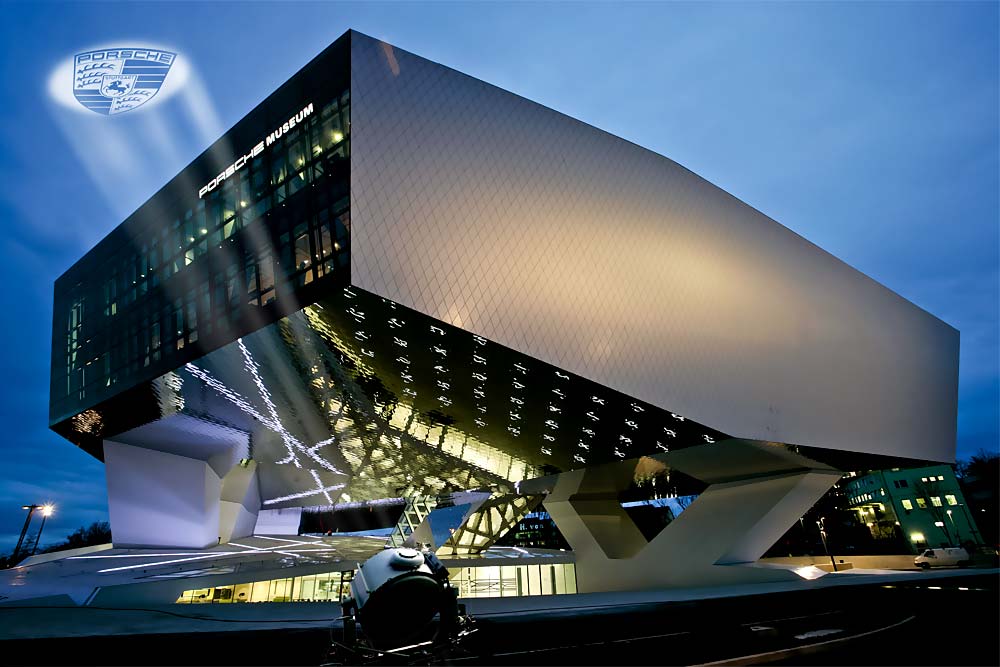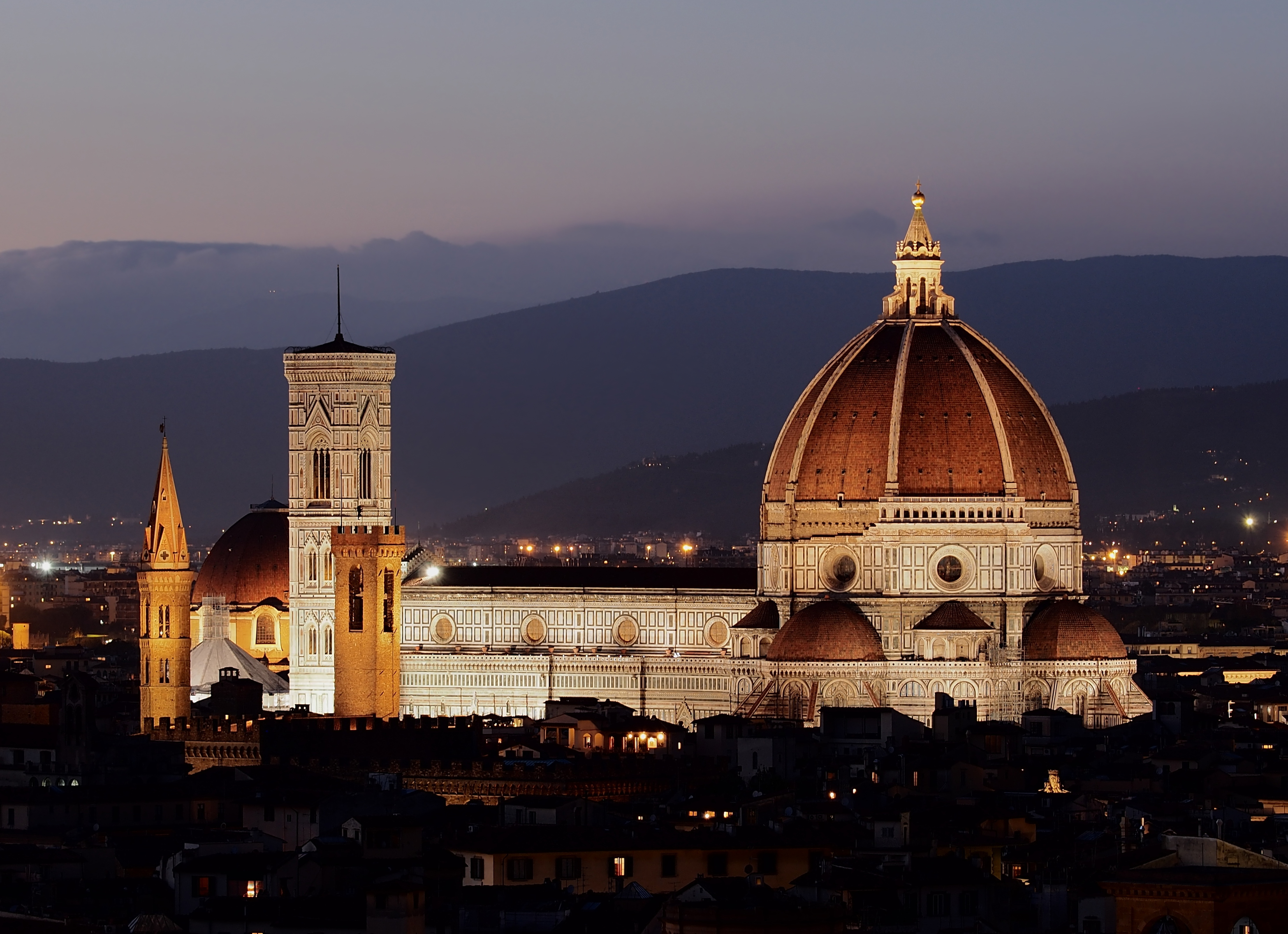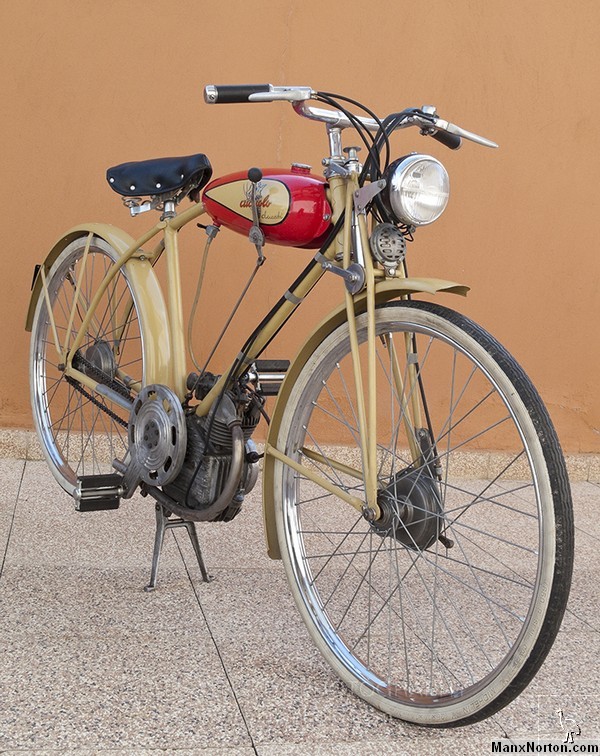If this is Monday - it must be Porsche!

For those of you that have asked (and those of you that
haven’t – but may be interested) – I have organized my pictures from my trip to
Europe in June. I was there as part of my program to certify as a Master
Blackbelt in Lean Methodology (Lean is a name given to a methodology focused on
Continuous Improvement. I have completed my Greenbelt and my Blackbelt
certifications already).
In June, I was part of a small group (9 people) that went to
Europe with our Lean training and certification partner, Lean Sensei
International. This was a Lean Benchmarking Tour: an opportunity to visit
and see Lean in action at organizations that are considered exemplars in the
adoption and application of Lean to drive continuous improvement and increase
customer value. In 2013, as part of my Blackbelt certification, I was
also fortunate to travel to Japan to see many organizations there that have
been applying Lean and the Toyota Production System for many years. For
this European Lean Benchmarking Tour, the 9 people that attended were comprised
of:
·
2 master coaches from Lean Sensei International
·
3 Master Blackbelt Candidates (myself, a
colleague from work – Colin Jones, and a third from Genentech in San Francisco
area – Marvin Ilasco).
·
2 Executives interested in Lean from Norsat in
Richmond BC
·
2 Executives interested in Lean from Lucy
Electronics in Dubai.
Below are the pictures from the trip. They are
organized chronologically (Frankfurt was my first stop, Stuttgart next,
etc). Essentially – the trip was focused on touring a series of
automotive manufacturers (Lean has much of its roots in the Toyota Production
System that was introduced and refined by Toyota Motors). Something
to note though: Each of the automotive factories we visited had a “no
pictures allowed on the manufacturing floor” policy….. but they
also ALL had incredible museums to tour and learn about the history of the
companies. There are plenty of youtube videos (that have been
approved by the manufacturers) available on the internet showing the actual
production processes and factories we toured.
So the pictures below are made up of:
·
General touristy type scenery shots around the
various cities we visited (in particular, below, the first stop, second stop,
fifth stop, eighth stop, ninth stop, and twelfth stop)
·
Pictures from the various museums and welcome
centres we visited. (all the rest)!

First stop: Frankfurt
Germany: Pictures of Frankfurt
I arrived in Frankfurt on June 12th,
giving me time to acclimate to the time zone changes and long flight.
Frankfurt was for the most part a fairly modern city with a large modern
walking/shopping mall. At one end, on Saturday, a market sprung up for the day
in an area that was (and would be again the next day) a large empty
square. Fresh breads, cheeses, vegetables, etc. At the other end
was a street fair paying homage to northern Italy! (I would be heading there
shortly). Street vendors and food outlets. Walking toward the
river, I came upon the “old town” square – a delightful, quaint square in
remarkably good shape, with some buildings dating back 6 centuries.
Something to watch for in the pictures; while walking the shopping mall, there
were street vendors wearing charcoal grill BBQ’s (a frame that went over their
shoulders with a container on the back for buns, and the grill strapped in
front of them at their waist). It was close to 30 degrees Celsius out – I
can’t imagine how hot these guys were!!

Second Stop: Stuttgart
Germany: Pictures of Stuttgart
From Frankfurt, I took the train to
Stuttgart. A fairly short (just over an hour) ride. Stuttgart is
the home of the Porsche factory and museum, as well as the headquarters for the
Mercedes factory and museum. Stuttgart is a fairly industrial city,
though with very little exploration, I found again the local walking/shopping
mall. Germany is actually divided into 19 provinces, each with its own
parliament – and Stuttgart is the Capital of the Baden-Wurttemberg
province. At the end of the walking mall was a beautiful park with
fountains the provincial government buildings. As in all of the cities
(and throughout the tour) – the food and restaurants were fabulous (there are a
number of pictures of food and the group enjoying local restaurants).

Third Stop: Porsche –
Stuttgart: Pictures of Porsche
After an evening familiarizing
ourselves with Stuttgart, the next day we started with a tour of the Porsche
Museum. This was on June 15th. The day
before was the last day of the 24 Hours of Le Mans race, and Porsche had a huge
party with large screen live broadcast of the race (the Porsche No 19 car won
the race). One of the pictures below shows our group sitting just
outside the museum where they had a Porsche 919 race car on
display. The Museum itself was a beautiful piece of architecture –
curving and spiraling floors reaching up 5 stories. And throughout the
museum, we were able to see (and touch) all of the cars Porsche had manufactured,
including some concept cars that never made it to production. The tour
through the production factory was as equally impressive. Seeing the production of high performance cars
in a mixed-line (all models interspersed based on customer orders). The blend of meticulous engineering (both the
cars, and the production process) with a mix of robotic and human
activity.
The other stop while in Stuttgart
was the Mercedes factory and museum. This museum was incredible, and
enormous. Eight large floors of displays, each floor winding down to the
next floor forming a giant spiral (this was a common design as it allowed the
cars to be moved throughout the museums from floor to floor by following the
spiraled ramps). This museum truly told the story of the Mercedes brand –
starting on the top floor with the company’s early history in the late 1800’s
with the first 3 wheeled motorized vehicle built and patented by Karl Benz in
1885. Walking from that point down through the floors of the museum, you travel
through time seeing the vehicles; coaches and buses, racing, utility,
passenger, even planes chronologically as you approach the main floor with
today’s models and concept cars. The
production factory was huge. We started
in the metal stamping shop, and basically followed the production line through
all stages of production to the final test and roll off the line.
From Stuttgart, we took the train
to Munich. Much of Munich has been rebuilt after the second world war, so
it is a fairly modern city. We stayed at a wonderful hotel that provided
great opportunities to walk and sightsee in the few hours we had between our
scheduled activities. Included in this was a visit to the Hofbrauhaus beer
garden for dinner.

Sixth Stop: BMW/Rolls
Royce/Mini – Munich: Pictures of BMW / Rolls Royce / Mini Cooper
Our first scheduled tour in Munich
was BMW Welt, factory and museum. With BMW is Rolls Royce and Mini
Cooper. The tour through the museum was again, incredible. The day
we arrived they had just unveiled their new 7 Series line (we got a picture of
the new car on a billboard on the way into the museum, and while we were there,
they drove it in, covered in a shroud, for a formal media unveiling later that
night (after we were gone). Like all of the car companies, the
museum was truly amazing. As was the
production facility.
Our second scheduled stop in Munich
was the Audi factory and museum. Each of the companies we visited had a
‘customer delivery centre’. In Europe, it is much more common to
order your car from a dealer with all of the options, colours, etc that you
want, and then go pick it up when it is ready from the factory where it is
made. The Audi factory was no exception – and you will see someone taking
delivery of their brand new Audi – with a big bow on it! The Audi museum
is truly fascinating. Audi, as a brand was about to go out of business in
the late 1920’s. This was during a global post-war economic downturn (the
crash of Wall Street, etc). There were 3 other automotive manufacturers
in the same area about to realize the same fate. But then they got
together and formed the “Auto Union” of four manufacturers, and produced cars
under that name for a while. The four “circles” that make up the modern
Audi logo represent each of the four original companies coming together under
the Auto Union label. They included Audi, Wanderer Automobile , Horch,
and DKW. The production facility was a great example of managed supply
chain and just-in-time supply. For
example, the cycle time for a new Audi is about 3 days – but the Tact Time (how
often one rolls out the end of the process) is about 58 seconds. Audi uses a supplier to manufacture and
provide the seats – and since the production line is based on actual customer
orders, the models and customizations are varied throughout the production
line. But the seat manufacturer is
located on the same property as the production line. And when an order is started, the seat
manufacturer knows exactly where in that 3 day timeline the seats are needed,
and manufacture and deliver directly into the production line the specific
seats for a particular car/order just when they are needed.

Eighth Stop: Florence
Italy: Pictures of Florence
From Munich, we flew to Florence in
northern Italy. Florence is a beautiful city in Northern Italy, and
became home base for the next leg of the journey and scheduled visits and
tours. The architecture and art in Florence is unsurpassed. Our
hotel was in the old part of Florence, and in fact, it was the first hotel in
that part of Florence (it has been wonderfully updated, while retaining the
charm and elegance it once had). We were just a few blocks from Il Duomo
di Firenze (formally called Cattedrale di Santa Maria del Fiore), the famous
Ponte Vecchio, and the Piazza del Signoria with the striking fortified 13th
century palace, the Palazzo Vecchio. This city just invited hours and
hours of walking and exploring (and since one of the days was a Sunday with
nothing planned, that helped expand the exploration).
A short train ride away from
Florence is Bologna Italy. Bologna is home to the oldest
continuously-operating university in the world – The University of Bologna
established in 1088 AD. Bologna and the areas around it are also home to a
number of industrial and manufacturing companies, including two that were on
our scheduled tour. Lamborghini and Ducati are both located in the
Bologna area.
Our tour of Lamborghini was a bit
different than the others in a very special way. Our first stop on our
day with Lamborghini was at the “Lamborghini Family Museum”, where we were
hosted by Fabio Lamborghini, nephew to the founder (Ferrucio Lamborghini) of
the modern Lamborghini group in 1963. Fabio Lamborghini was charming and
extremely welcoming. He showed us through the family’s museum and history of
the development of the Lamborghini brand. The Lamborghini family designed
and manufactured farm equipment and vehicles since the early 20th
Century. The beginnings of the Lamborghini motor car, according to the stories
we heard from Fabio, were based in the following: In the early 1960’s, Enzo Ferrari (also
located in the Bologna area) produced a production high performance car for
sale. Ferrucio Lamborghini, who was still designing and manufacturing
tractors and farm equipment (and other things like portable air conditioners)
decided he wanted one of Enzo Ferrari’s cars. He bought one, and over the
next few months modified it to improve the performance and operation. He
also had a list of other ‘suggestions’ for improvements – so he drove over to
Enzo’s, introduced himself, told him he really liked the Ferrari – but had some
suggestions for improvements. Enzo, being a proud man, told Ferrucio “it
is not the car, it is the driver” that causes any problems. To that,
Ferrucio said that this would be the last Ferrari he would ever own, because he
would go and build his own high performance car. And that the was the
birth of the Lamborghini motor car (thanks Enzo!).

Eleventh Stop: Ducati –
Bologna: Pictures of Ducati
The other planned stop on the tour
while in Bologna was Ducati Motorcycles. It too had a rich and
interesting history. Originally making things like vacuum tubes and radio
parts in 1926. They moved on to manufacture cameras, radios, and electric
razors. But during the Second World War, the German army asked them to
develop a small gas motor that could be adapted to bicycles. And that was
the beginning of the Ducati Motorcycle company.

Twelfth Stop: Rome
Italy: Pictures of Rome
After spending time in Florence and
Bologna, it was time to take the train to Rome. With only a few days and fewer
hours in those days to explore and appreciate Rome, it became a personal
challenge to see as many of the more common sites (the Pantheon, the Spanish
Steps, the Trevi Fountain, Piazza Navona, the Vatican & St. Pauls
square, the Coliseum, Circus Maximus, and Bernini’s Triton Fountain). So
again, a walking frenzy. Fortunately, the charming little hotel I was
staying in was literally just a few blocks from many of these (in fact,
Bernini’s Triton was directly in front of the hotel). So I set out to
explore – knowing I wanted to get a glimpse of each of the above, and knowing
along the way I would “discover” many other gems – which I did.





No comments:
Post a Comment